Let’s Dive In To The Rare and Unusual Marine Invertebrates for the Advanced Reef Keeper
1. Blue Ringed Octopus
(Hapalochlaena)
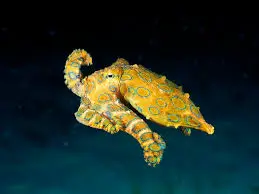
Profile
The Blue Ringed Octopus is renowned for its striking blue rings and compact size, making it a fascinating yet challenging addition to any reef tank.
However, it’s important to note that this species is highly venomous and requires careful handling.
Care Requirements
• Tank Size: Minimum 200 Litres
• Water Parameters: Stable, with temperatures between 72-78°F, salinity of 1.025, and a pH of 8.1-8.4
• Diet: Carnivorous, feeding on small crustaceans and fish
• Special Considerations: Due to their venomous nature, they should be handled with extreme caution and kept in a secure tank to prevent escape.
Top Tips
• Provide plenty of hiding spots and a well-secured lid to prevent escapes.
• Use gloves when performing tank maintenance to avoid accidental bites.
2. Flamingo Tongue Snail
(Cyphoma gibbosum)
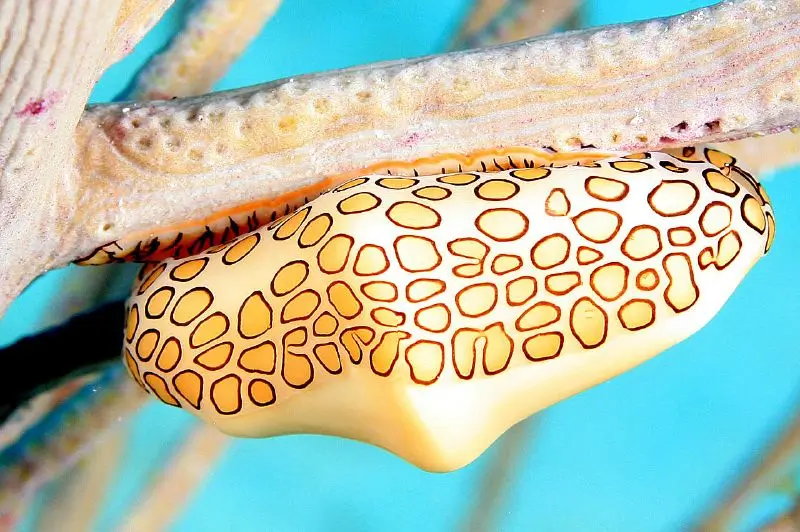
Profile
This small, brightly patterned snail is a beautiful addition to a reef tank, known for its vibrant colours and unique feeding habits on soft corals and gorgonians.
Care Requirements
• Tank Size: Minimum 20 gallons
• Water Parameters: Temperature 74-80°F, salinity 1.023-1.025, pH 8.1-8.4
• Diet: Feeds on soft corals and gorgonians, which can limit its compatibility with certain tank setups
• Special Considerations: Not reef-safe for tanks with soft corals and gorgonians, as it will feed on them.
Top Tips
• Best suited for tanks without soft corals or where their feeding preferences are not an issue.
• Regularly monitor coral health to ensure the snail’s feeding does not cause significant damage.
3. Christmas Tree Worms
(Spirobranchus giganteus)
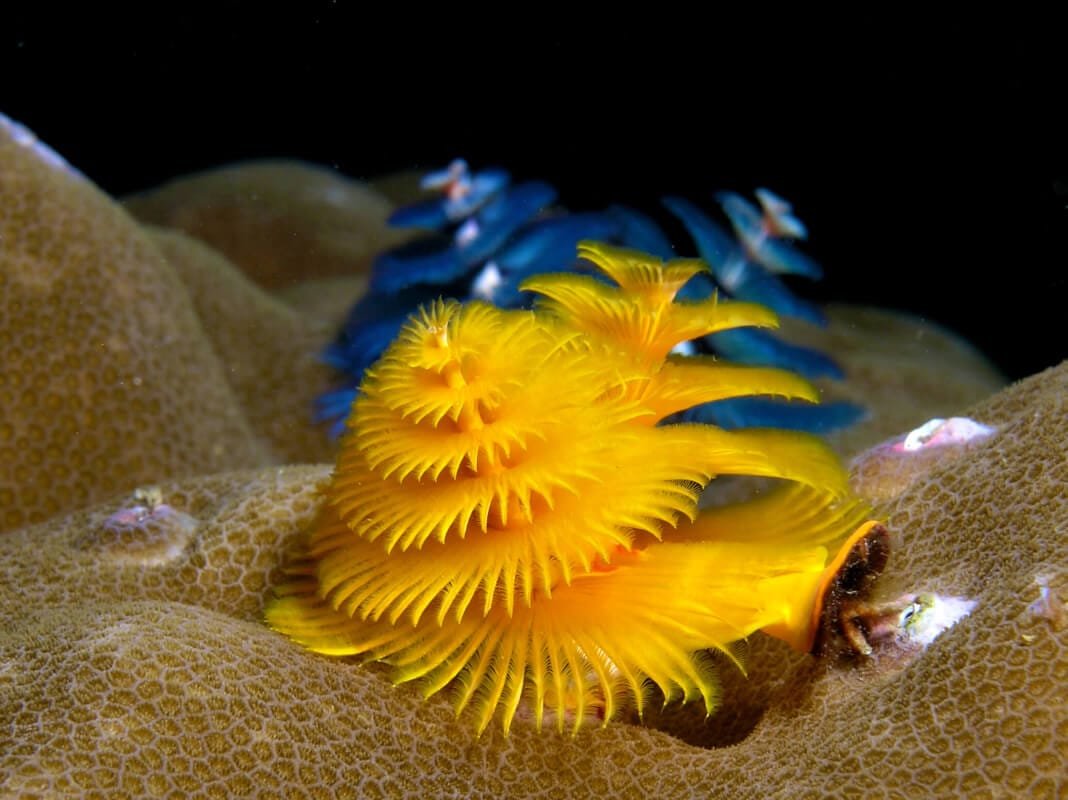
Related Article: Christmas Tree Worms: The Festive Reef Inhabitants
Profile
These stunning worms are named for their colourful, tree-like appearance. They reside within coral heads and extend their “trees” to filter feed.
Care Requirements
• Tank Size: Minimum 120 Litres
• Water Parameters: Temperature 72-78°F, salinity 1.023-1.025, pH 8.1-8.4
• Diet: Filter feeders, requiring a diet of phytoplankton and fine particulate matter
• Special Considerations: They need stable water conditions and low nutrient levels to thrive.
Top Tips
• Position them in areas of moderate water flow to ensure they receive adequate food without being overwhelmed.
• Maintain excellent water quality to support their delicate nature.
4. Harlequin Shrimp
(Hymenocera elegans)
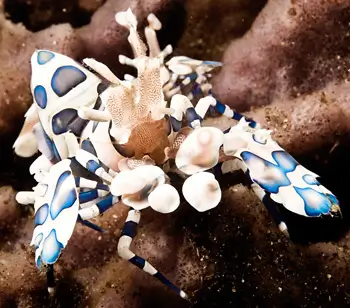
Find Out More: Harlequin Shrimp: The Stunning Starfish Hunters
Profile
Care Requirements
• Tank Size: Minimum 30 gallons
• Water Parameters: Temperature 72-78°F, salinity 1.023-1.025, pH 8.1-8.4
• Diet: Exclusively starfish, which can be challenging to supply consistently
• Special Considerations: Their dietary needs make them difficult to sustain long-term without a ready supply of starfish.
Top Tips
• Plan for a sustainable source of starfish to meet their dietary needs.
• Avoid mixing with other starfish species unless intended as food.
5. Venus Flytrap Anemone
(Actinoscyphia aurelia)
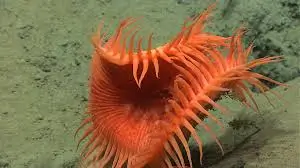
Profile
Care Requirements
• Tank Size: Minimum 50 gallons
• Water Parameters: Temperature 68-74°F, salinity 1.023-1.025, pH 8.1-8.4
• Diet: Carnivorous, feeding on small fish and shrimp
• Special Considerations: Requires stable, cooler water temperatures and a diet of meaty foods.
Top Tips
• Provide a varied diet of small marine organisms to mimic its natural feeding habits.
• Ensure the water temperature remains on the cooler side to replicate its deep-sea environment.
6. Pom Pom Crab
(Lybia tesselata)
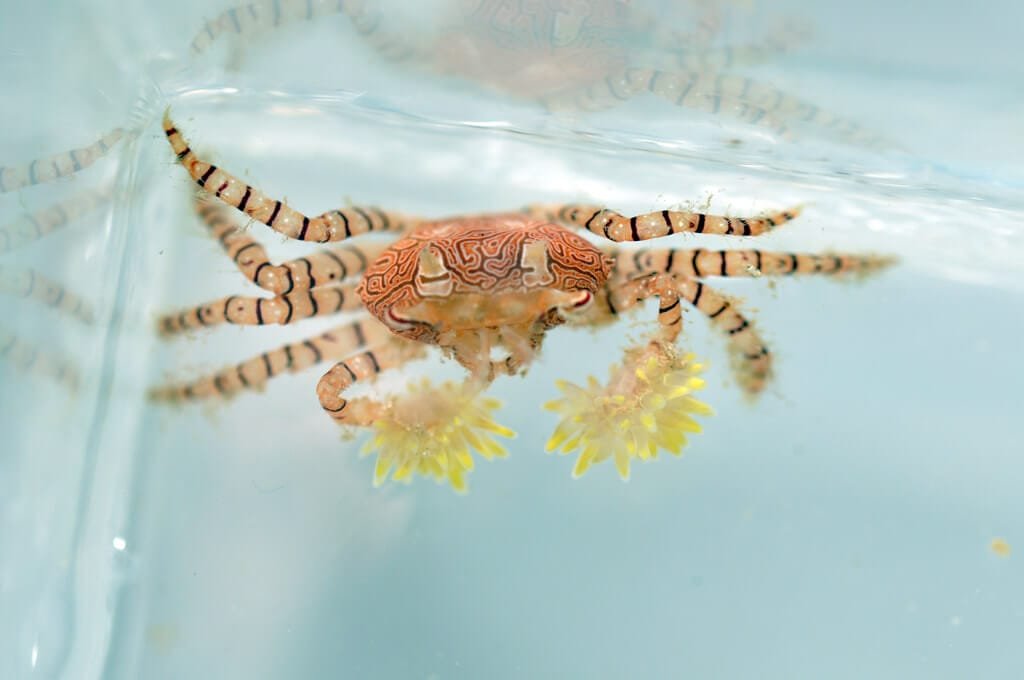
Related Article: Top 10 Crabs for Your Reef Aquarium: Who’s Top of the Rock?
Profile
This small crab is famous for carrying anemones in its claws, which it uses for both defence and to capture food.
Care Requirements
• Tank Size: Minimum 10 gallons
• Water Parameters: Temperature 72-78°F, salinity 1.023-1.025, pH 8.1-8.4
• Diet: Omnivorous, feeding on algae, detritus, and meaty foods
• Special Considerations: Its small size makes it suitable for nano reefs, but it may need protection from larger tank inhabitants.
Top Tips
• Keep in a peaceful community tank to avoid predation.
• Supplement its diet with a mix of algae and meaty foods.
7. Red Ball Sponge
(Tethya spp.)

Related Article: Marine Sponges: The Filter Feeders of the Deep
Profile
Care Requirements
• Tank Size: Minimum 30 gallons
• Water Parameters: Temperature 72-78°F, salinity 1.023-1.025, pH 8.1-8.4
• Diet: Filter feeder, requiring fine particulate foods and phytoplankton
• Special Considerations: Requires excellent water quality and stable conditions to thrive.
Top Tips
• Position in areas with moderate water flow to ensure it receives adequate food without being overwhelmed.
• Regularly dose phytoplankton to meet its dietary needs.
8. Zebra Urchin
(Eucidaris tribuloides)
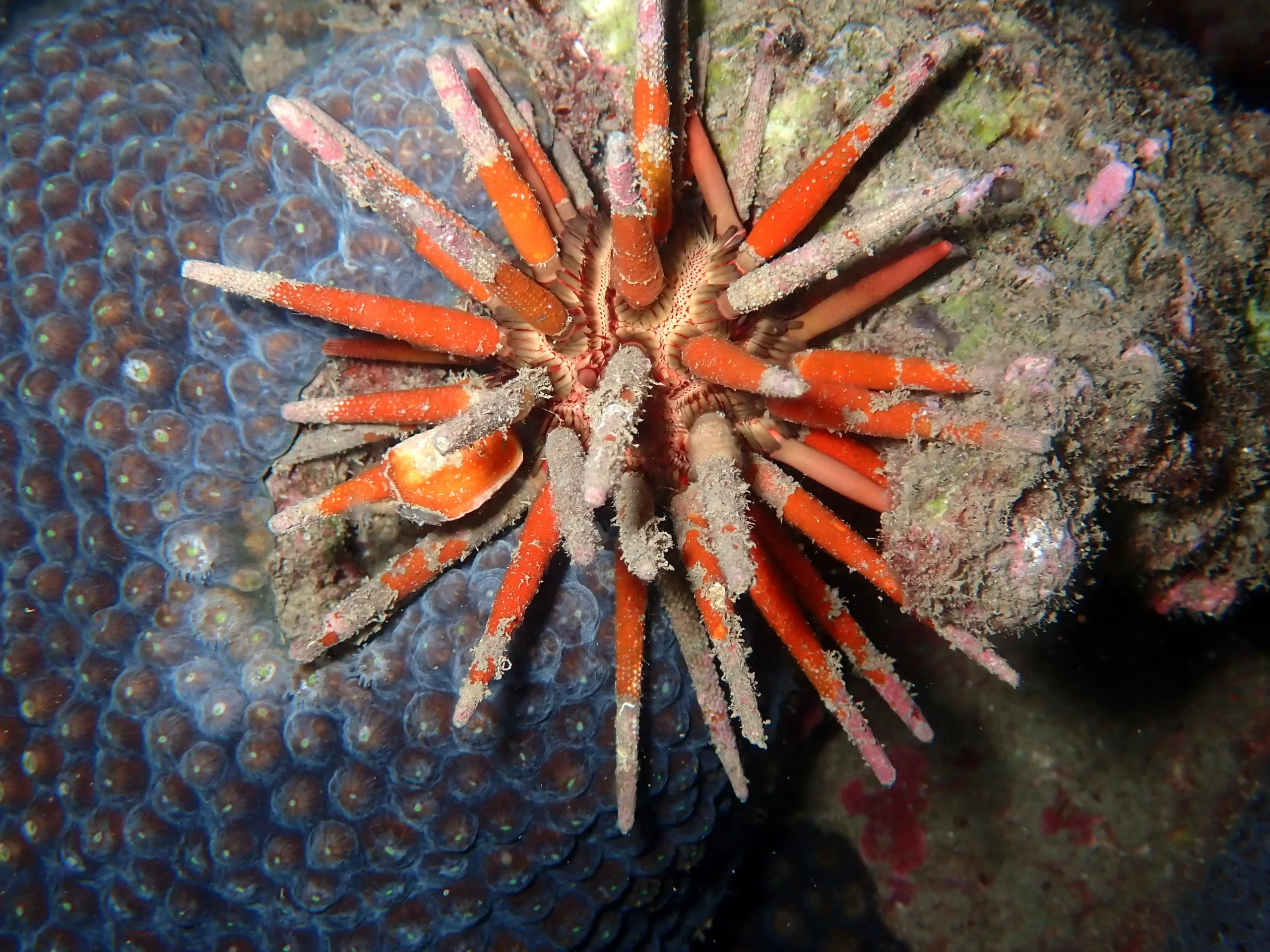
Profile
Care Requirements
• Tank Size: Minimum 20 gallons
• Water Parameters: Temperature 72-78°F, salinity 1.023-1.025, pH 8.1-8.4
• Diet: Herbivorous, feeding on algae
• Special Considerations: Requires plenty of algae to graze on and stable water conditions.
Top Tips
• Ensure a steady supply of algae for grazing, or supplement with algae wafers.
• Monitor its impact on corals and other tank structures to avoid damage.
9. Flame Scallop
(Lima scabra)
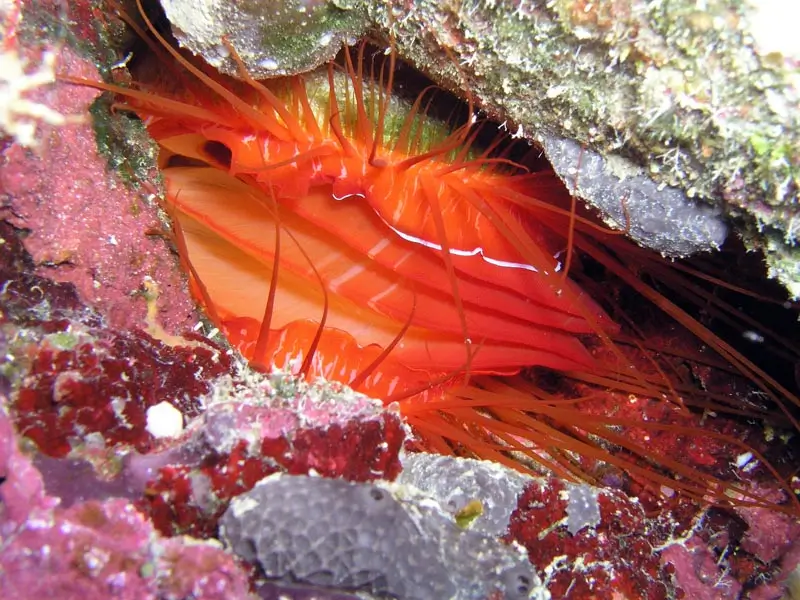
Related Articles: Flame Scallops: The Flashy Filter Feeders
Profile
Care Requirements
• Tank Size: Minimum 30 gallons
• Water Parameters: Temperature 72-78°F, salinity 1.023-1.025, pH 8.1-8.4
• Diet: Filter feeder, requiring phytoplankton and fine particulate foods
• Special Considerations: Requires stable water conditions and moderate water flow.
Top Tips
• Position in areas with moderate water flow to ensure it receives adequate food.
• Regularly dose phytoplankton to support its dietary needs.
10. Mantis Shrimp
(Odontodactylus scyllarus)
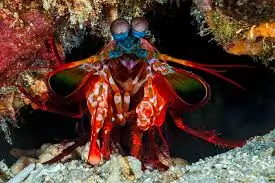
Related Article: The Marvelous Mantis Shrimp: A Colorful, Complex Predator in Reef Aquariums
Profile
Care Requirements
• Tank Size: Minimum 20 gallons
• Water Parameters: Temperature 72-78°F, salinity 1.023-1.025, pH 8.1-8.4
• Diet: Carnivorous, feeding on small crustaceans and fish
• Special Considerations: Their powerful claws can break glass, so a sturdy tank is essential.
Top Tips
• Provide a variety of hiding spots and burrowing areas.
• Use a thick glass or acrylic tank to prevent damage from their claws.








